Pholisma sonorae aka "Sand Food"
A mysterious and endangered parasitic herb from the California desert.
We don’t think of parasites as endangered, but this unique desert-dwelling paraistic herb is threatened by the loss of host plants and degradation of loose sand dunes that it once called home.
Pholisma sonorae (also known as sand food) is not strictly a parasite. It grows from the roots of other plants and can stretch two meters through the sand to the surface. The mass of the Pholisma sonorae can sometimes exceed the mass of the host plant. Through its scaly spine, sand food absorbs water, which it shares with the host plant in times of drought and stress. On the surface, it grows a gray mushroom cap, that looks like a rock, and then it grows star-shaped purple flowers.
There are many mysteries surrounding the plant. No one is sure why it attaches to a host plant, how it distributes its seeds, or how its seeds are buried at the root of the host plant. Native Americans in the region around Yuma, Arizona once ate the plant, by baking and drying the roots, and then boiling them, though the nutritional or medical values of the parasitic plant are unknown.
Sand food is native to the dunes of California and once could be found through Arizona and south into Mexico. However, agricultural expansion and off-road vehicles have destroyed much of its habitat. Off-road vehicles kill the shrubby host plants, as well as the sand food and according to the Center for Plant Conservation Pholisma sonorae is a rare and endangered plant.
Thus far, laboratory experiments to germinate the plant have been unsuccessful.
Community Contributors
Edited by
The Atlas Obscura Podcast is Back!



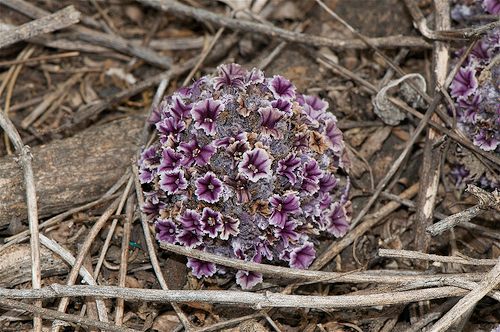
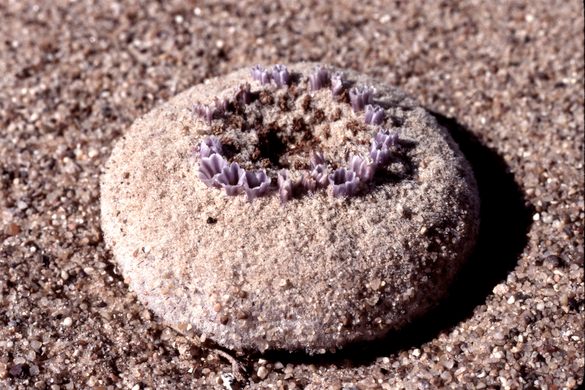
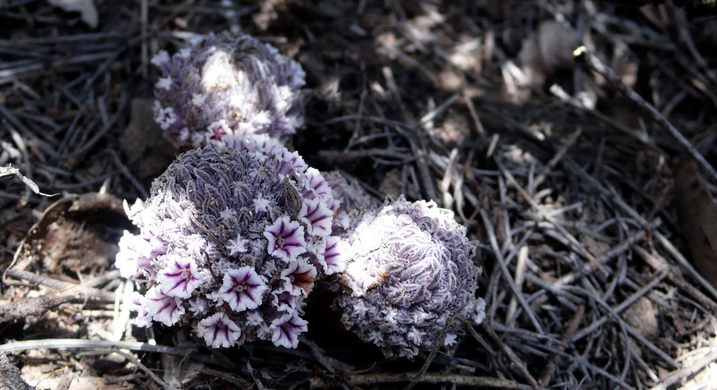
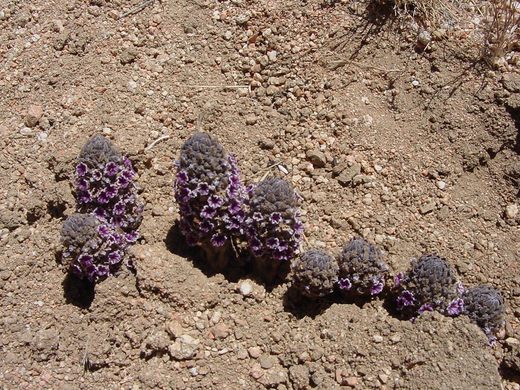



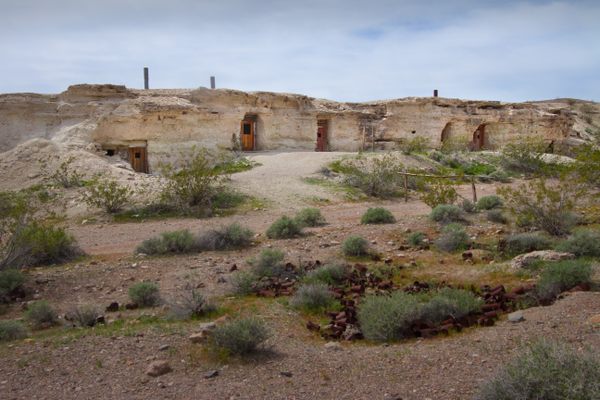



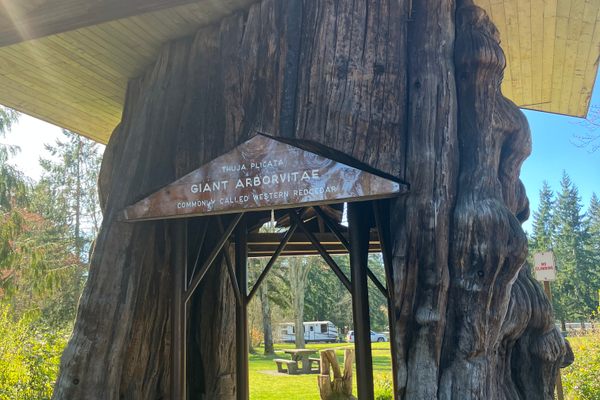

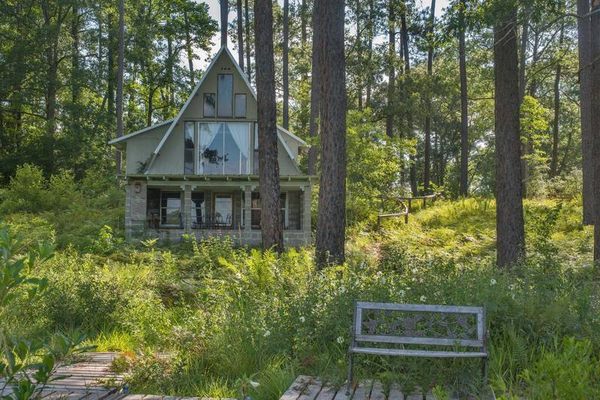


Follow us on Twitter to get the latest on the world's hidden wonders.
Like us on Facebook to get the latest on the world's hidden wonders.
Follow us on Twitter Like us on Facebook